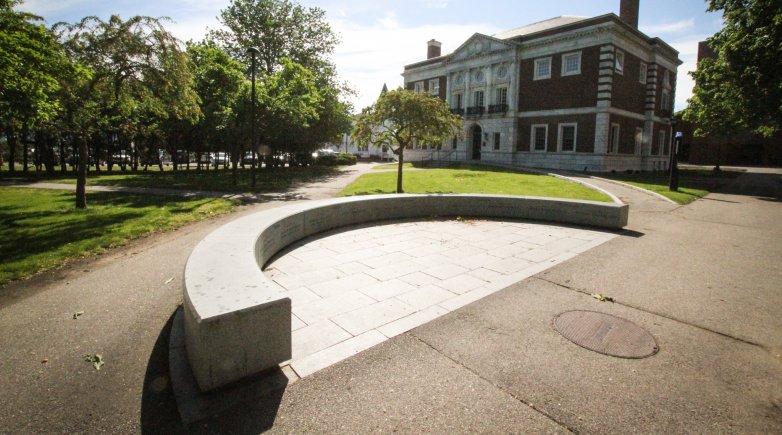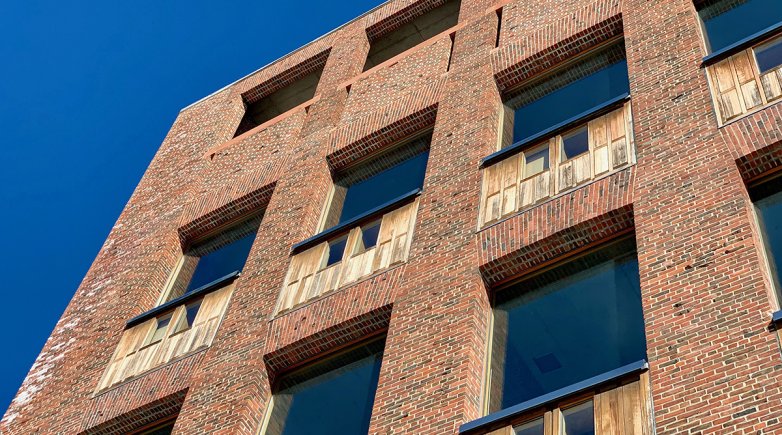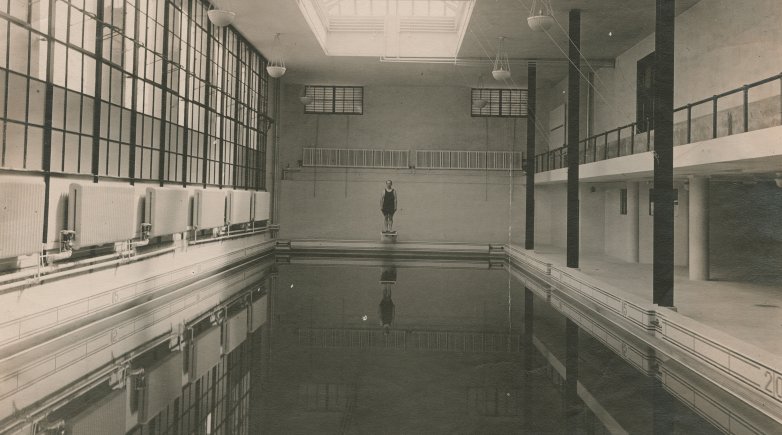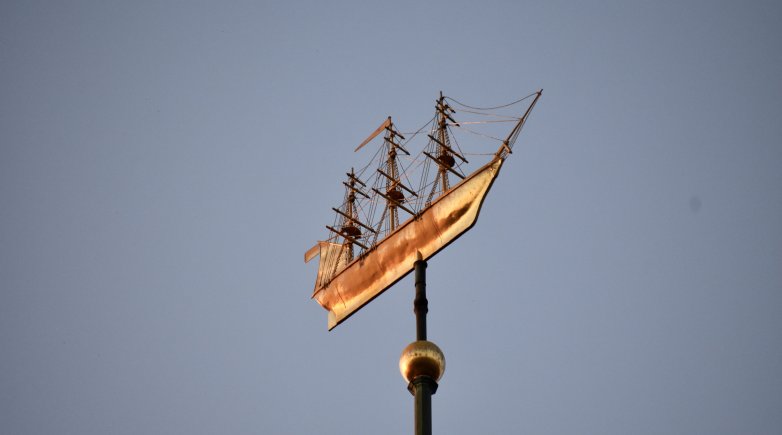Exeter Deconstructed: The Korean-Vietnam war memorial
Capt. Lester Chase ’35 was killed on Nov. 29, 1950, in the early hours of the Battle of Chosin Reservoir.
Lt. Alan Tarr ’46 died on Feb. 22, 1953, when the F-80C Shooting Star he was piloting crashed into the Yellow Sea.
Lt. Charles Ryberg ’63 died in an explosion near the Vietnam demilitarized zone on Sept. 7, 1967, only three months after graduating from Harvard.
Lt. Richard Pershing ’61 was killed in a rocket attack on Feb. 17, 1968, as he searched for the body of a missing soldier during the siege of Hue. He is buried on a grassy knoll in Arlington National Cemetery next to his famous grandfather, World War I General of the Armies John J. Pershing.
Their names and those of 11 more fallen Exonians are engraved on a memorial constructed 25 years ago to honor Exeter alumni who died serving in the Korean and Vietnam wars. The structure, a crescent bench of polished granite on stone pavers, sits between the former and current libraries. On the back of the bench a message is etched: “Phillips Exeter Academy records here the names of Exonians who, in the spirit of non sibi, gave their lives in Korea and Vietnam.” The memorial, paid for with donations from dozens of alumni and their families, was designed by Boston architects Leers Weinzapfel Associates.
Harold Brown ’74, then director of alumni affairs, told The Exonian ahead of the memorial’s November 1995 dedication that the site was chosen because it was a well-trafficked location “where students and faculty walk at least once a week. The idea of making it a bench is to give those who have passed away the ability to ... always be a part of the Exeter community.”
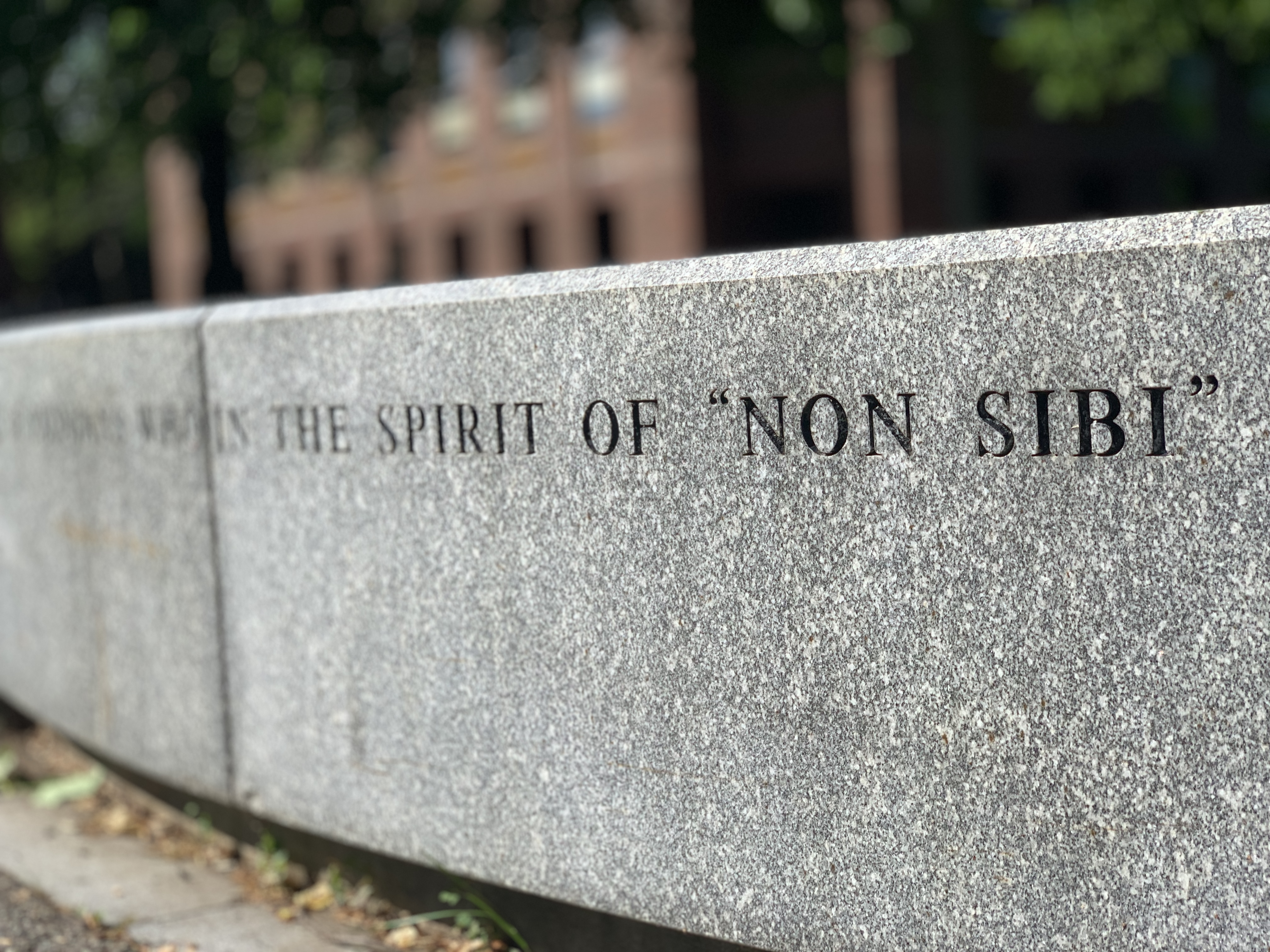
Editor's note: This article first appeared in the spring 2021 issue of The Exeter Bulletin.
